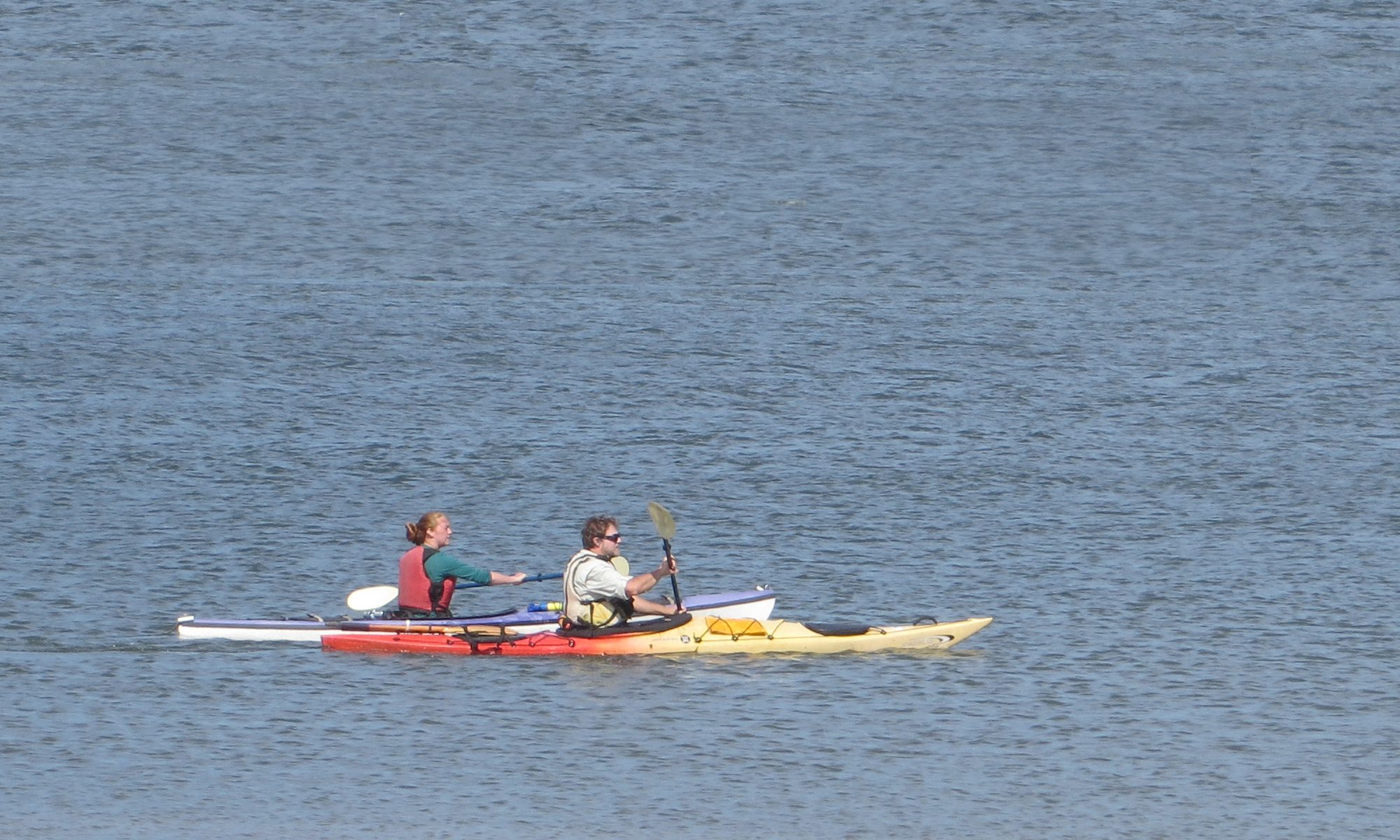
In honor of World Oceans Day (actually, we’re going to call it for the rest of the month, we think the oceans deserve that) we’re going to take some time to explore some of the amazing things about our world’s oceans, but first today we are going to take a moment to talk about some of the biggest problems that face the health of our oceans and some potential solutions.
Six of the biggest threats to our world’s oceans:
Pollution
Ocean pollution comes from many sources; plastics pollution has been declared the focus theme for this years’ World Oceans Day. Eight (8) million metric tons of plastic are dumped in to the ocean every year, with production of plastic products expected to double in the next 10 years we need to find a better way to deal with our plastic trash than allowing it to end up in the oceans. Reducing use of plastics (especially single use plastics), recycling, waste collection and management, and rethinking product use and development will all need to be part of the solution to our plastic waste problem.

Some of the other most harmful pollutants in the ocean include: mercury (primary human sources are coal burning and mining), noise (from shipping, military sonar, and the oil industry), agricultural runoff (fertilizers, pesticides, and waste products), and even human pharmaceuticals.
Climate Change– ocean acidification, rising temperatures, changing sea levels…
Depletion of Resources– including over fishing (which, simply put, means that species are being removed at a rate faster than they can reproduce), oxygen production/ CO2 sink (see the *CO2 tub* image), and mining/drilling.
Aquaculture– for most aquaculture fish-farming it requires more pounds of feeder fish (fish used as protein for feed) than pounds of fish are produced.
Dead Zones– often caused by contamination and/or extremely high nutrient levels that use up the oxygen; most things that live need oxygen, but there are zones in some waters that have such low levels of oxygen (=hypoxia) that these zones have become effectively *dead*.
Invasive Species– ship’s hulls and ballast waters, dumping aquariums/collected specimens, and oceanic temperature changes are the major causes of the invasive species problem; invasive species can cause millions of dollars in damage and wipe out native species.
ALL of these problems impact the health of the rest of the world and the ocean’s inhabitants and habitats… in general solutions include… Protection, Awareness/ Education, Action/ Stewardship.
As you can see, we have work to do, but it *is* do-able.
…specific actions that YOU can take (and/or support) to decrease pollution in the oceans:
Pollution… there are a lot of things we can each do to decrease ocean pollution, even choosing just one or two of the following actions will immediately help to reduce ocean pollution…
> “No STRAW, thank you!” (over 500 MILLION single use straws are thrown away every day in the U.S. alone) and the way they are used and disposed of means that they aren’t likely to end up in recycling (and only about 14% of packaging types of plastics are recycled). When eating “in” you don’t really need a straw, and, if you need one for convenience when driving, you can buy reusable stainless steel straws! (easy to find in a quick online search).
> We’ve all heard about the positive benefits of reusable shopping bags, now we just have to remember to get them in to the store with us and use them! And when you *do* forget your reusable bags, remember to recycle the bags you get from the store!
> Microfibers from clothing (or any synthetic fabrics) that are too small to be filtered out at water treatment plants are being found in (literally in the flesh of) fish and shellfish that are sold for human consumption. Decreasing these microfibers is critical for the health of the oceans and for our own health, some things you can do to decrease microfiber pollution:
wash synthetic clothing using liquid laundry detergent, on cooler and gentler settings, in fuller loads, and less often;
check out the specialty washing bags that can be used in the washing machine and/or a washing machine lint filter (I haven’t checked them out yet, but I plan to!);
dry clothes on lower settings;
and, most importantly, buy *better* made synthetic clothing and/or consider natural fabric options whenever possible.
> Participate in beach clean-ups and donate to/volunteer with organizations that work to clean up the ocean trash cycle.
> Vote, and vote with your purchasing power. Contact your political representatives and participate in campaigns that encourage countries to deal with their plastic pollution sources. Remember, how and where you buy impacts decisions that businesses and countries make about products that they produce, and how.
Stay tuned! QuestX will be exploring the oceans all month: oceanography, habitats, the critters that live there, and including more things You can do to help protect our world’s oceans and the life that depends on them (including us).

